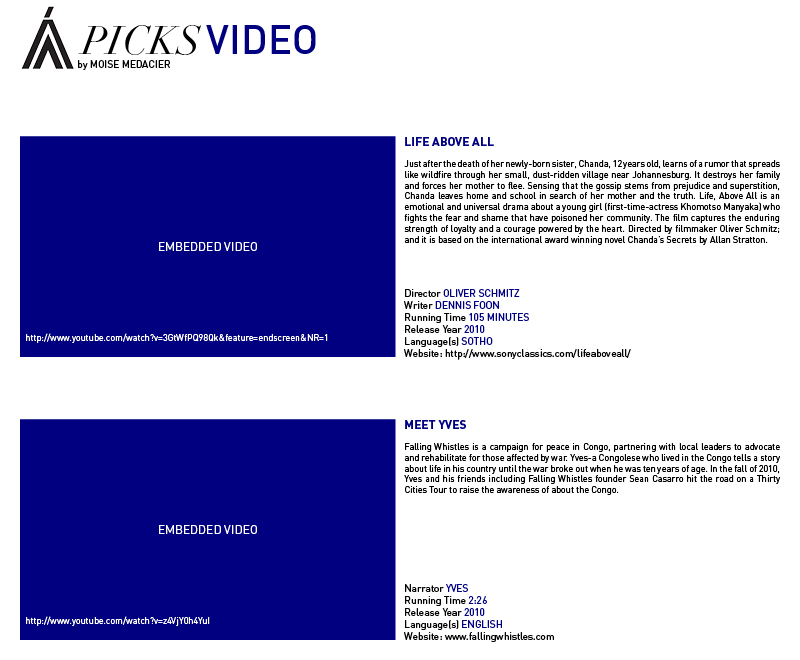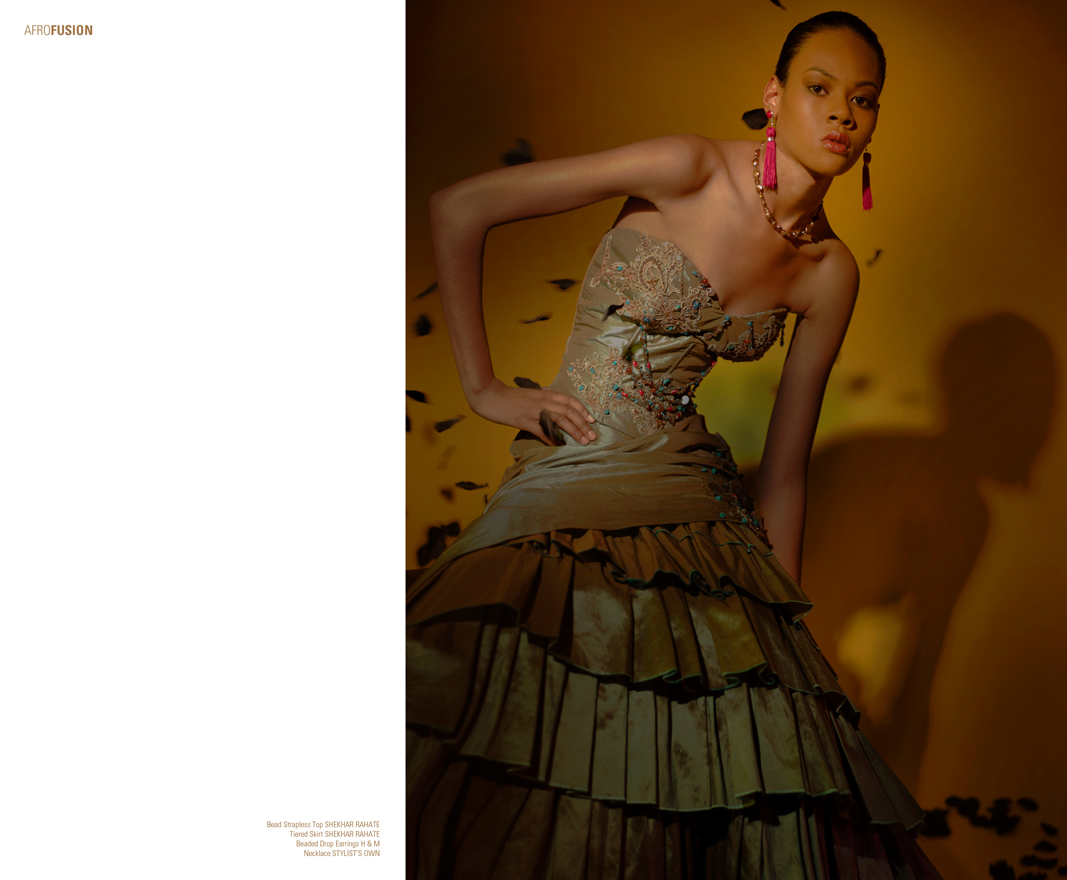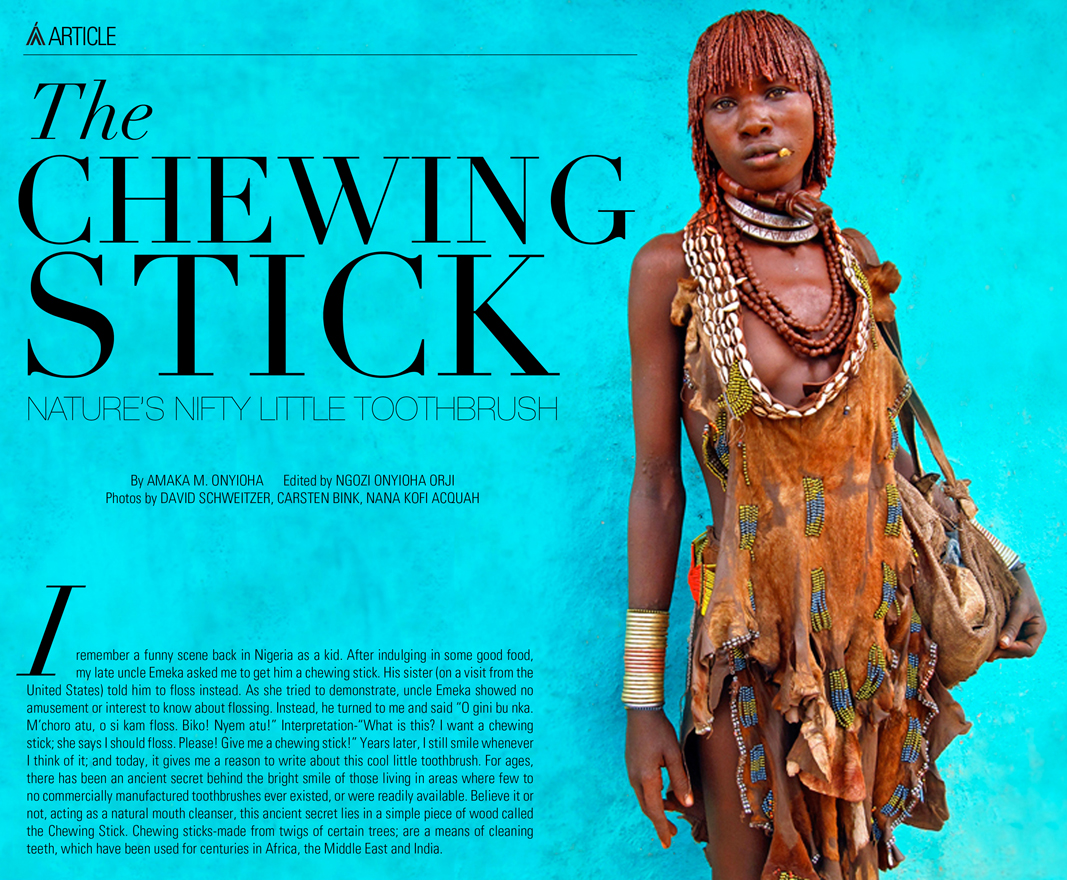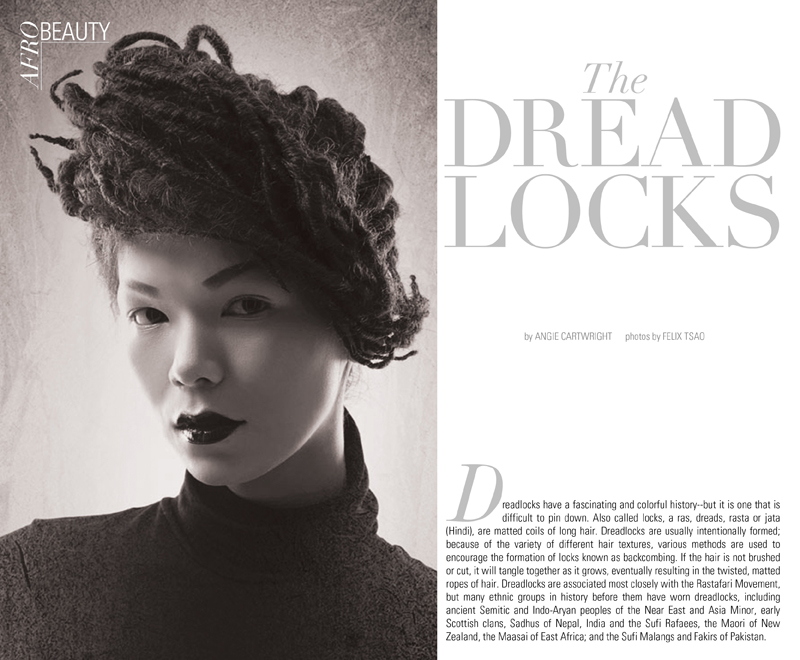
Africa
Africans and those of African descent are known to wear this hairstyle. Members of various African ethnic groups wear locks with the styles and significance differing. The first known examples of dreadlocks date back to parts of East and North Africa. Maasai men found in the regions of Northern Tanzania and Southern Kenya have worn dreadlocks for as long as they have survived. Though there is no official date of the start of Maasai dreadlocks, it is a tradition that has been going on for years. Even today, they can be found easily donning their dreadlocks, with a tint of red color from the soil. In ancient Egypt, the precise date of origin of the hairstyle is unknown but dates range from 5000 BCE to 1500 BCE. Examples of Egyptians wearing locked hairstyles have appeared on statuary and other artifacts. Mummified remains of ancient Egyptians with locks, as well as locked wigs, have also been recovered from archaeological sites. The Ashanti and other related Akan groups of Ghana reserved dreadlocks for their spiritual leaders or okomfo . The co-founder of the Ashanti Empire, Okomfo Anokye is believed to have worn dreadlocks. In modern Ghana, dreadlocks have a negative connotation and are associated with spiritualism that is said to be contrary to Christianity. In various cultures what are known as fetish priests, sangomas or shamans are known to wear locks. For example,in Benin, the Yoruba priests of Olokun, the Orisha of the deep ocean, wore and still wear locks. The Himbas in the southeast of Congo-Kinshasa also dye their locks red- but their style is thicker than that of the Maasai. Other groups include the Fang people of Gabon, the Mende of Sierra Leone and the Turkana of Kenya.
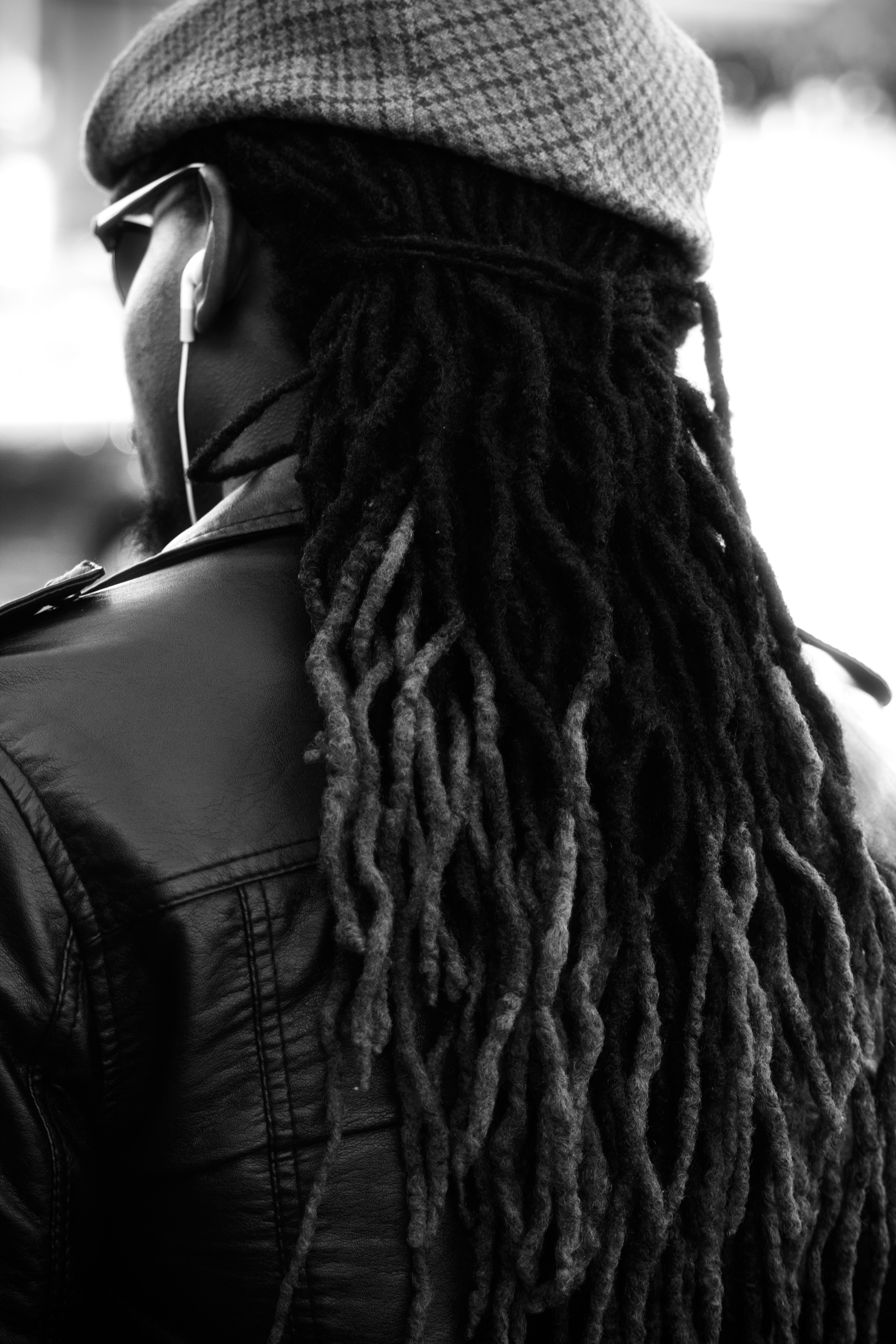
"…In India, among some Sadhus and Sadhvis, locks are sacred and an expression of their disregard for profane vanity; that physical appearances are unimportant…"
Hinduism, Buddhism, Islam, Christianity….
In India, among some Sadhus and Sadhvis, locks are sacred and considered a religious practice and an expression of their disregard for profane vanity; as well as a symbol of their spiritual understanding that physical appearances are unimportant. In almost all myths about Hindu deity Shiva and his flowing twisted locks (jaTaa), there is a continual interplay of extreme asceticism and virile potency, which link the elements of destruction and creation, whereas the full head of matted hair symbolizes the control of power. The Shiva Nagas of India wear their jata (long hair) in a twisted knot or bundle on top of the head and let them down only for special occasions and rituals. Within Tibetan Buddhism and other more esoteric forms of Buddhism, dreadlocks have occasionally been substituted for the more traditional shaved head. The most recognizable of these groups are known as the Ngagpas of Tibet. For many practicing Buddhists, dreadlocks are also a way to let go of material vanity and excessive attachments.
A few Sufi groups such as the Qalandari sects do not cut or comb their hair, which leads to natural formation of dreadlocks. However it is unknown how this relates to their specific religious practices or Islamic thought. Some of them are thick, thin or untwisted because the actual making of dreadlocks to give a regular look is frowned upon-this process of dreadlock formation takes years. In Senegal, the Baye Fall followers of the Mouride movement- a sect of Islam indigenous to the country founded in 1887 are famous for growing locks and wearing multi-colored gowns. Cheikh Ibra Fall- founder of the Baye Fall School of the Mouride Brotherhood, popularized the style by adding a mystic touch to it. The Greeks, Pacific Oceans, Naga peoples and several ascetic groups within various other major religions have worn their hair in locks, including the monks of the Ethiopian Orthodox Tewahedo Church and the Nazirites of Judaism. The earliest Christians also may have worn this hairstyle-particularly noteworthy are descriptions of James the Just, first Bishop of Jerusalem, who wore them to his ankles.
"…the beliefs of Rastafari are also heavily rooted in the idea of Africa as a paradise…"
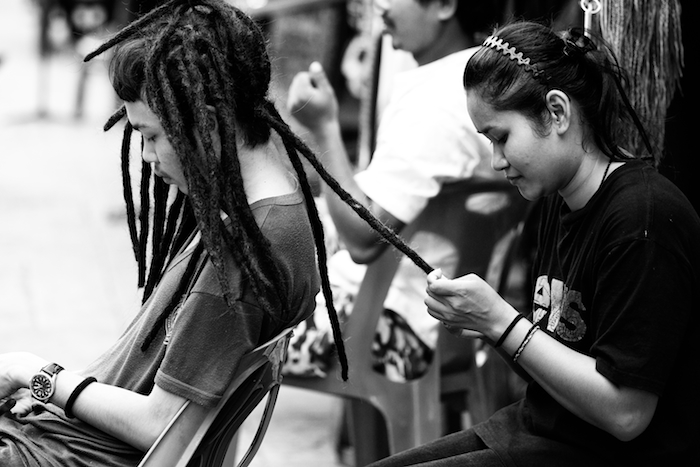
Jamaica and Beyond….
Perhaps the most common modern association with dreadlocks is the Rastafari Movement- a term for the Young Black Faith. An early sect of the movement began among the marginalized poor of Jamaica in the fifties who regarded Haile Selassie I of Ethiopia as the Messiah and Lion of Judah; and thus began wearing dreadlocks. It was said that the wearer lived a dread life or a life in which he feared God, which gave birth to the modern name for this ancient style. The beliefs of Rastafari are also heavily rooted in the idea of Africa as a paradise, and the West as a place of captivity. So, the idea of freeing the hair from European ideals of beauty is a way of celebrating that ethnic pride. Rastafarians also take the Nazarite vow and consider themselves to be a continuation of the Biblical tradition. Dreadlocks are associated with reggae music as they were worn by the great reggae star Bob Marley. When reggae music gained popularity and mainstream acceptance in the in the seventies, the locks became a notable fashion statement. They were worn by prominent authors, actors, athletes and rappers, and were portrayed as part and parcel of gang culture in such movies as Marked for Death. With the Rasta style in vogue, the fashion and beauty industries capitalized on the trend. A completely new line of hair care products and services offered all sorts of dreadlocks hair care items. Hairstylists created a wide variety of modified locks, including multi-colored synthetic lock hair extensions and dread perms. Locked models appeared at fashion shows and exclusive fashion brands like Christian Dior created Rasta-inspired collections. Modern Dreadlock Styles
In the West, dreadlocks have gained particular popularity among counter culture adherents such as hippies, crust punks, New Age travelers, and many members of the Rainbow Family. In the early nineties, Dr. JoAnne Cornwell launched a versatile hair care system that involved creating fine dreaded tresses called Sisterlocks or Brotherlocks; thus promoting the techniques of locking. Since its rise, Blacks mostly in the Americas and the Caribbean have developed a large variety of ways to wear dreadlocks. Specific elements of these styles include the flat-twist, in which a section of locks are roll together flat against the scalp to create an effect similar to the cornrow and braided dreadlocks. Examples include flat-twisted half-back styles, flat-twisted mohawk styles, braided buns and lock crinkles. And with the rise of social networking websites, web forums, web-logs and video-logs such as YouTube, people are able to transmit ideas, pictures and tutorials for innovative dreadlock styles.
